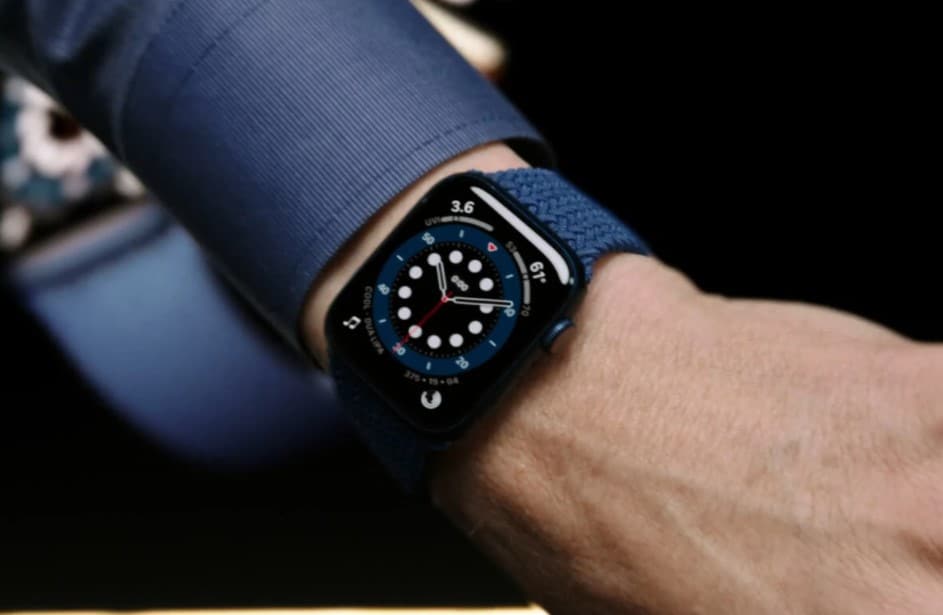For those having nightmares due to post-traumatic stress disorder (PTSD), the Apple Watch will work with an app that helps those suffering from this issue. Called Nightware, the U.S. Food and Drug Administration (FDA) announced on Friday that the app has been approved. Sensors on the Apple Watch monitor the user’s heart rate and body movement while sleeping and this data is sent to a server where it is compared to a baseline sleep profile for the user based on algorithms.
FDA approves Apple Watch app that uses vibrations to end nightmares caused by PTSD
If Nightware decides that the user is experiencing a nightmare, it has the Apple Watch send out vibrations in an attempt to disrupt the nightmare that is bothering the user. Nightware is not intended to be a standalone treatment for PTSD based nightmares and is supposed to be used under the supervision of a health care provider. A prescription is required to use the app because it simply is not for everyone. Those who act out during nightmares by sleepwalking or performing acts of violence should not use the app. And there are certain conditions that warrant an immediate call to a doctor such as daytime sleepiness. Users are recommended to call a doctor if the nightmares continue or if the vibrations from the watch lead to awakenings not related to the nightware. And the Apple Watch used with the Nightware app should be donned every night before bed. It should not be used while watching television or reading in bed since it could lead to false alerts. Additionally, the watch should not be worn too tightly and if skin irritations occur, the user needs to discontinue use immediately.
The FDA said, “This device was studied in a 30-day randomized, sham-controlled trial of 70 patients. A sham therapy is an inactive treatment or procedure that is intended to mimic as closely as possible a therapy in a clinical trial. Patients in the sham group wore the device, but no vibratory stimulation was provided. Safety was assessed using validated measurements of suicidality and sleepiness, and there were no changes in either over the course of the study in either group. Sleep was assessed with two versions of the Pittsburgh Sleep Quality Index scale, the self-rated questionnaire for assessing sleep quality, including a version of that scale that is intended for patients with PTSD. Both the sham and active groups showed improvement on the sleep scales, with the active group showing greater improvement than sham. The evidence demonstrated the probable benefits outweighed the probable risks.”
The Apple Watch has earned a reputation as a lifesaving device. The timepiece’s heart rate monitor has saved several lives. Typically, users receive a notification that their heart rate is too high or too low which sends them to the hospital where a doctor finds a problem that needs to be dealt with rather quickly. Last year, Apple added an EKG (electrocardiogram) to the fifth series of the smartwatch. This feature monitors the user’s heart for abnormal rhythms that could be the sign of Atrial fibrillation (AFib). The latter can lead to blood clots, stroke and heart failure.
This year, the sixth series Apple Watch features a pulse oximeter. Using sensors that measure the amount of light that reflect back from the veins in the user’s wrist, the feature reveals the percentage of oxygen being carried by red blood cells from the lungs throughout the rest of the body. A normal reading is in the range of 94% to 100%. Back in April, one ER Doctor discovered that those with abnormally low readings who aren’t experiencing severe symptoms could be about to come down with COVID-19. Additionally, a person who has a reading of 80% or under might be close to suffering a major heart or brain problem

